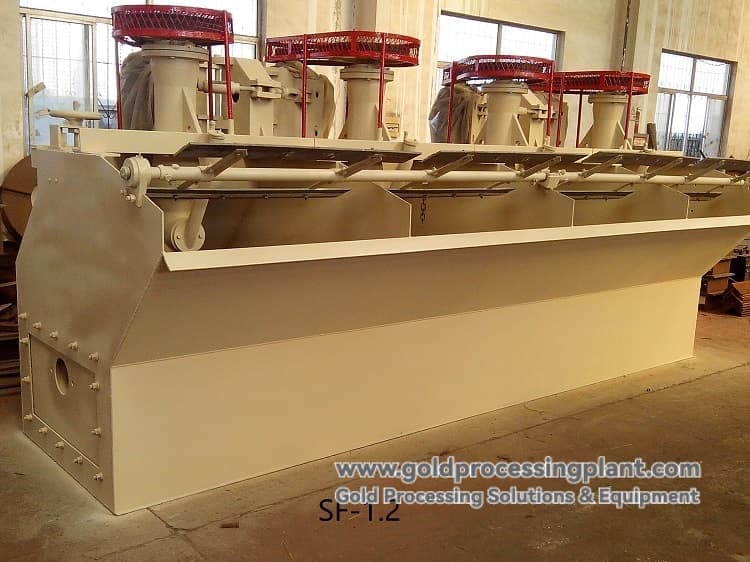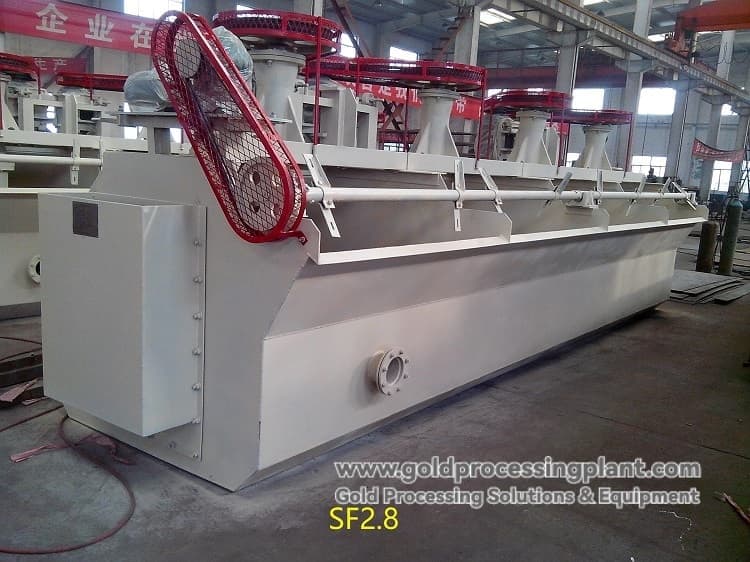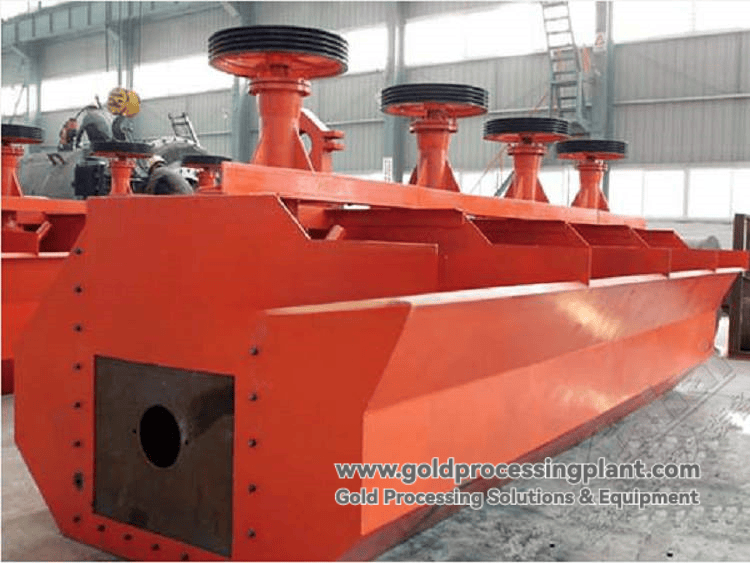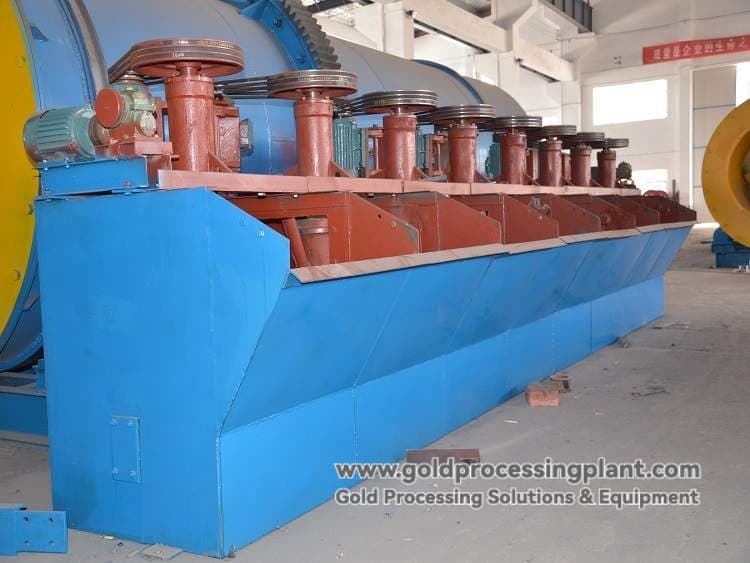Product Overview
Self-priming flotation machine is a core sorting equipment with mature technology and wide application in the field of mineral processing. By virtue of its unique self-absorption characteristics, it can simultaneously complete suction, slurry suction and mixing without external air blowing equipment, realizing a high degree of simplification of the process and a significant reduction in investment costs. With the outstanding advantages of compact structure, easy operation and easy self-flow of the middle ore return, this equipment occupies an irreplaceable position in small and medium-sized mineral processing plant, old plant renovation and process flow that needs flexible configuration, which is the ideal choice for maximizing investment benefits and stable and reliable operation.
Working Principle
-
Slurry feeding: the slurry after milling and medicament blending enters the flotation tank by self-flow.
-
Self-absorption and agitation:
-
Core action: The core of the equipment, the impeller, generates strong negative pressure (vacuum) inside the impeller chamber when it rotates at high speed.
-
Self-absorbing air: the negative pressure automatically draws in air from the atmosphere through the hollow spindle or sleeve.
-
Self-absorbing slurry: At the same time, the negative pressure also sucks the ore in the tank or the slurry from the previous tank into the impeller area.
-
Mixing and mineralization: Air, fresh slurry and circulating slurry are violently stirred and sheared in the impeller zone, forming a large number of air bubbles. The target minerals selectively attach to the bubbles.
-
Separation & Discharge:
-
Concentrate: mineralized bubbles rich in target minerals rise to the liquid surface and are scraped out by the scraper.
-
Tailings: hydrophilic veinstones are discharged as tailings from the lower part of the tank to the next operation or self-flow to the next flotation machine.

Core structure and design features
-
🔄 Stirring and suction device: the core is a closed impeller and stator combination with upper and lower blades (or conical impeller). The upper blade is responsible for inhaling air and forming bubbles, while the lower blade is responsible for inhaling and circulating the slurry, ensuring strong mixing force and good self-absorption performance.
-
🚰 Middle ore self-flow system: utilizing the natural height difference between the equipment, the middle ore can return to the self-flow by gravity, no need for auxiliary equipment such as foam pumps, which simplifies the process and reduces energy consumption and failure points.
-
🛡️ Tank structure: Usually adopts rectangular or "U" type tanks, with solid structure, convenient for multi-tank tandem configuration, and lined with wear-resistant rubber, which effectively prolongs the service life.
-
⚙️ Simple control system: mainly equipped with liquid level adjusting device to control the liquid level through the height of the gate, simple structure, easy maintenance and reliable operation.
Core Advantages

Typical Models and Applications Selection Guide
Suggestions for model selection:
-
By size and investment: small and medium-sized processing plants, capital-constrained projects or scenarios focusing on operational simplicity should give priority to self-priming flotation machines.
-
According to the process demand: need horizontal configuration, multi-segment sorting and complex return of the middle ore process, self-priming is the natural best choice.
-
By Mineral Nature: Suitable for processing metallic and non-metallic ores with medium particle size and non-extreme density.
Operation and Maintenance

Areas of application
-
Non-ferrous metals: small and medium-sized copper, lead, zinc, antimony, mercury sulfide ore dressing plants.
-
Ferrous metals: iron ore, manganese ore flotation selection operation.
-
Non-metallic ores: purification and separation of fluorite, barite, graphite, talc, potassium feldspar, etc.
-
Precious metals: gold, silver flotation recovery.
-
Others: Widely used in mud and sand sorting and selection process of tungsten, tin and other rare metal ores.



